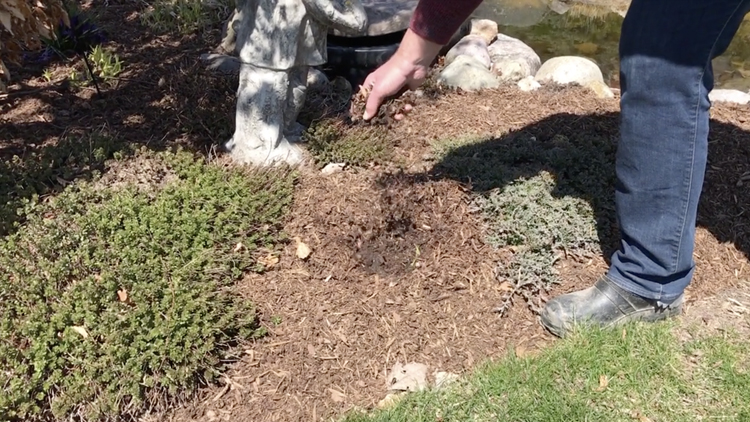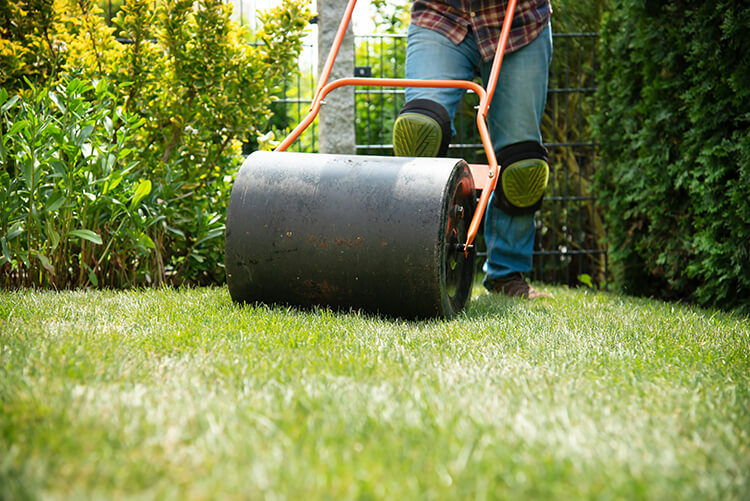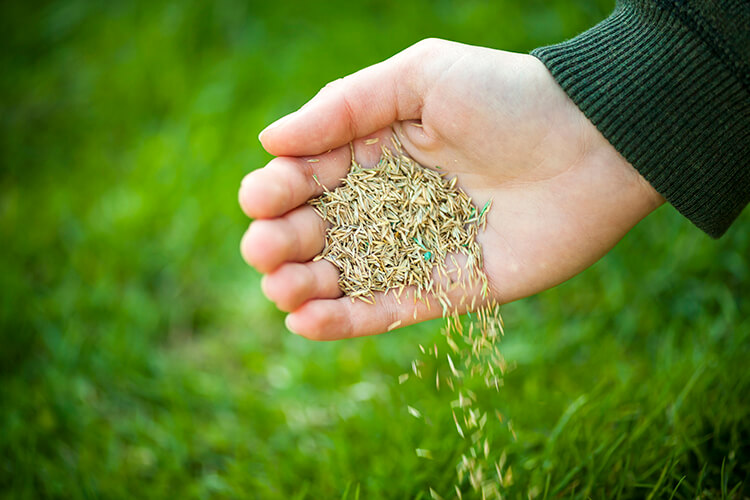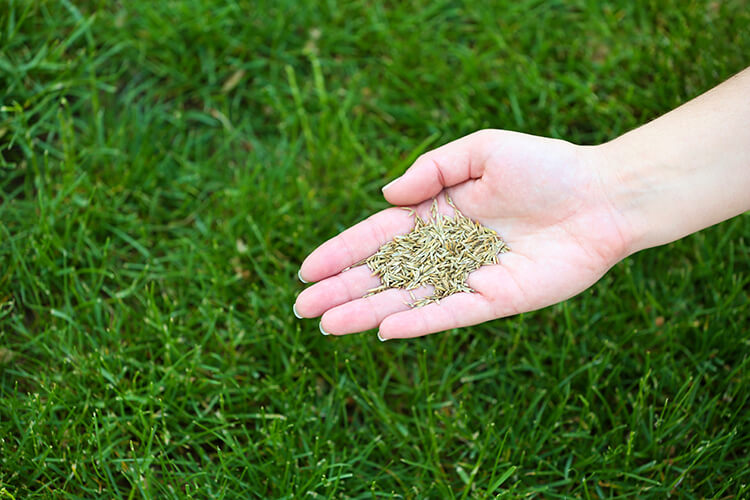
Lawn & Garden Prep Series – Mulching
Episode 2 – Mulching
In the second episode of this series, Johan discusses using mulch to help retain moisture and minimize weeds.

In the second episode of this series, Johan discusses using mulch to help retain moisture and minimize weeds.

In this series, we’re sharing fundamental DIY tips for preparing your lawn and garden for the upcoming season. Here, Johan discusses when, why and how to edge around your softscaping and hardscaping.

In our final video of the Lawn Care series, Johan discusses rolling and aerating – when to do it and why you may not need to.

In this video you’ll learn how to choose the right all-purpose grass seed for our hardiness zone in Southwestern Ontario.

In this video, Johan discusses when and why to overseed your lawn.

This video covers both when to fertilize and how to choose the right fertilizer for your lawn.